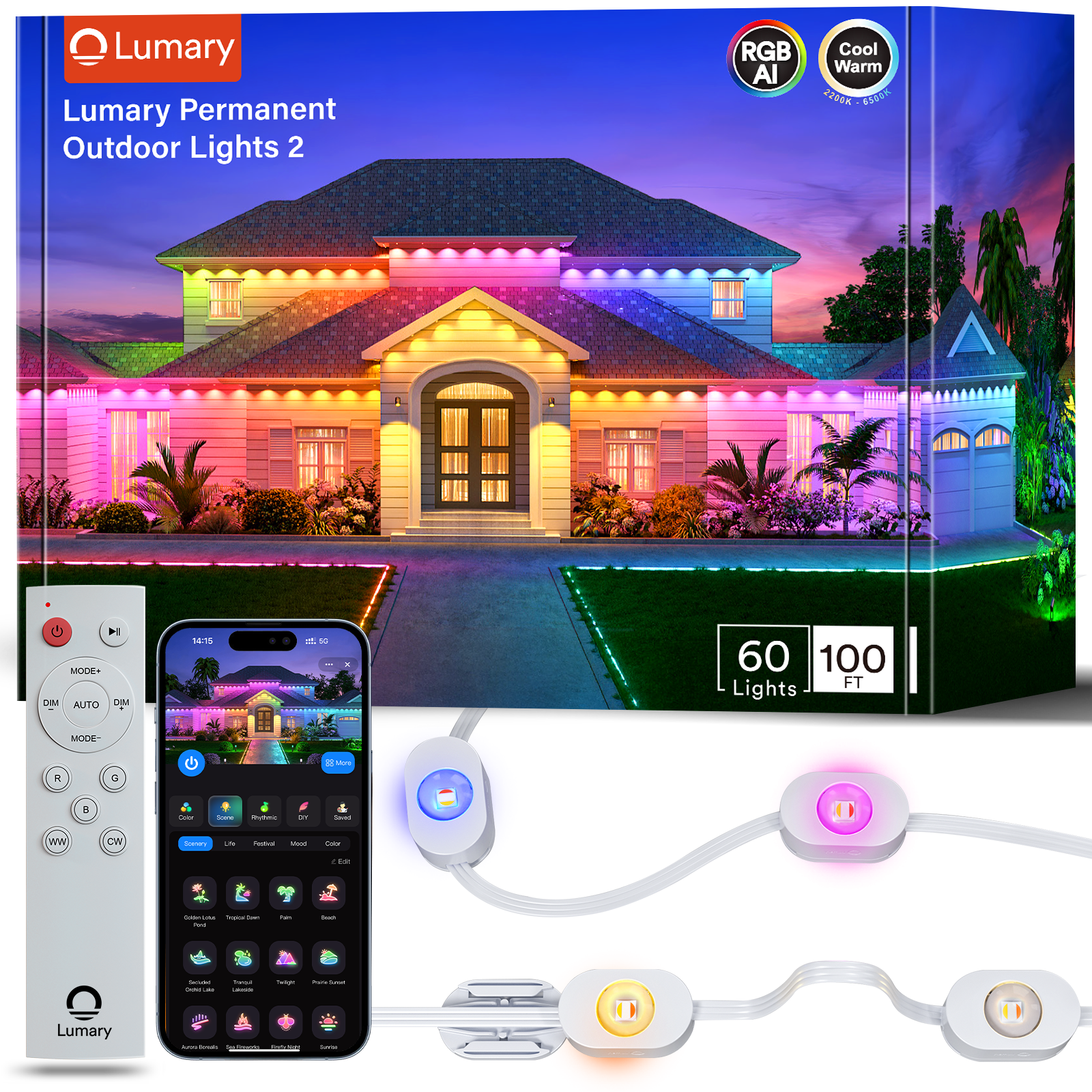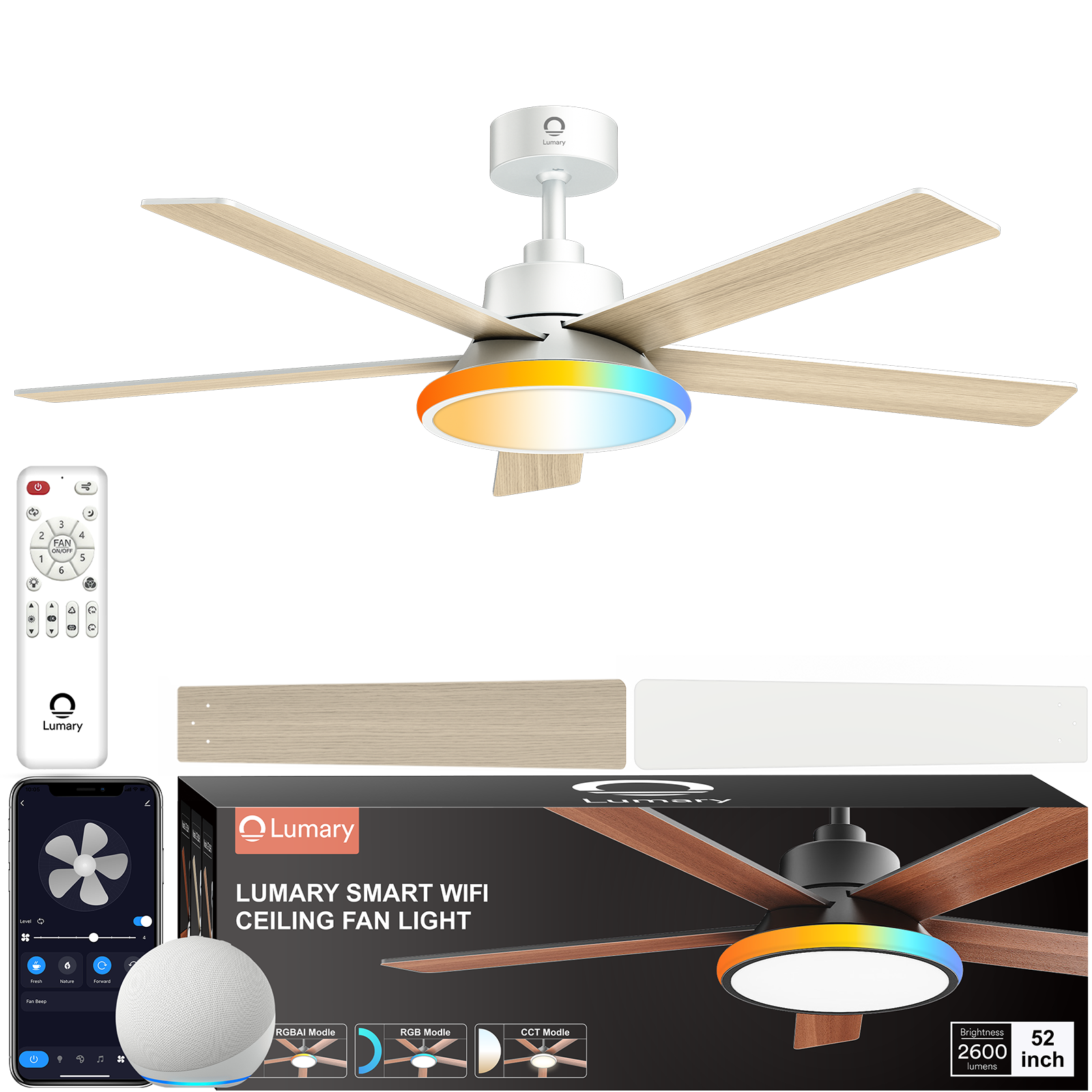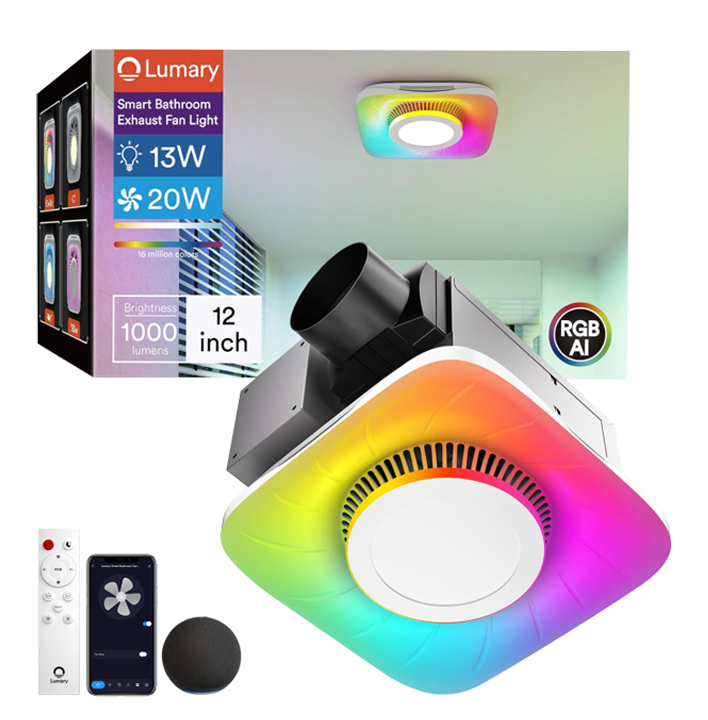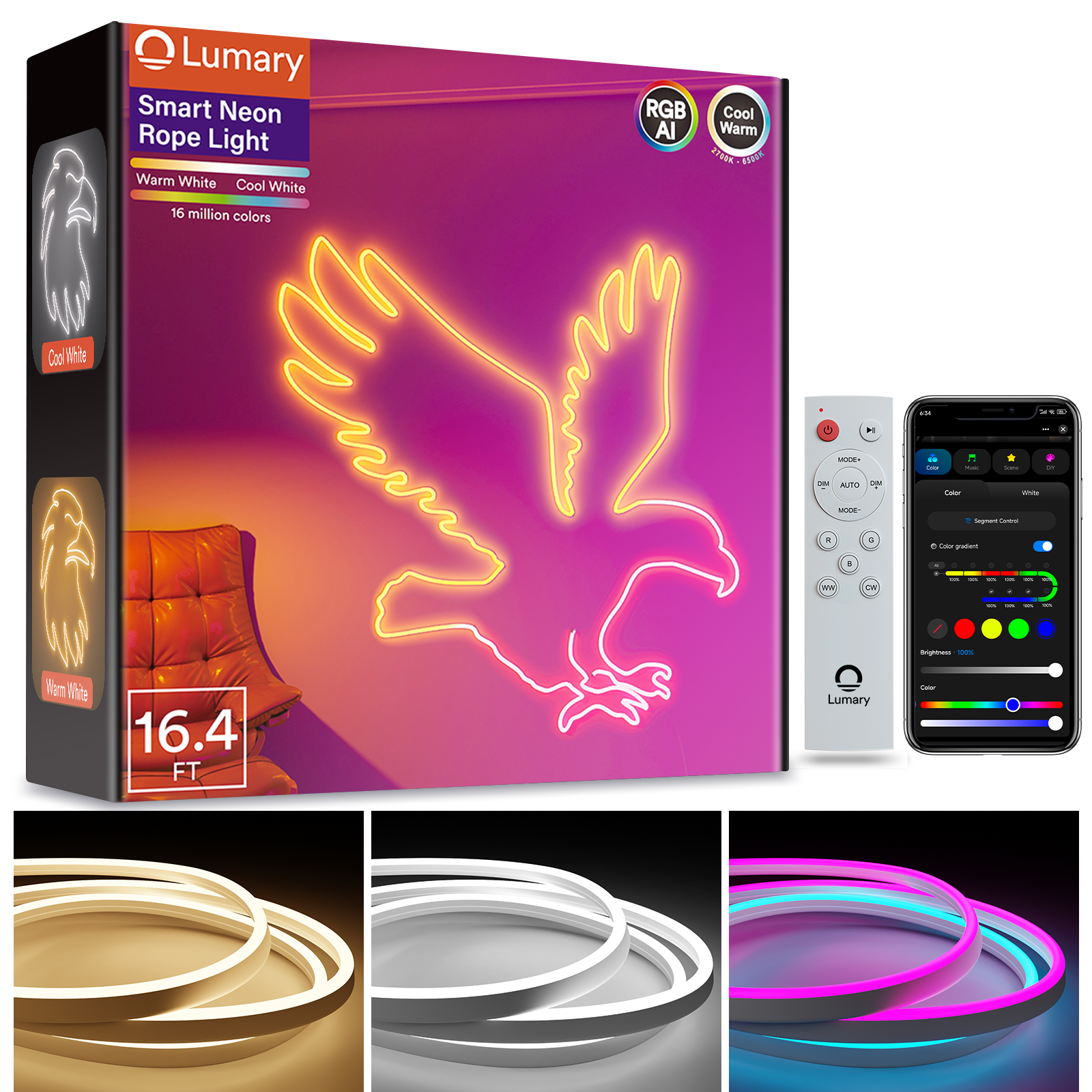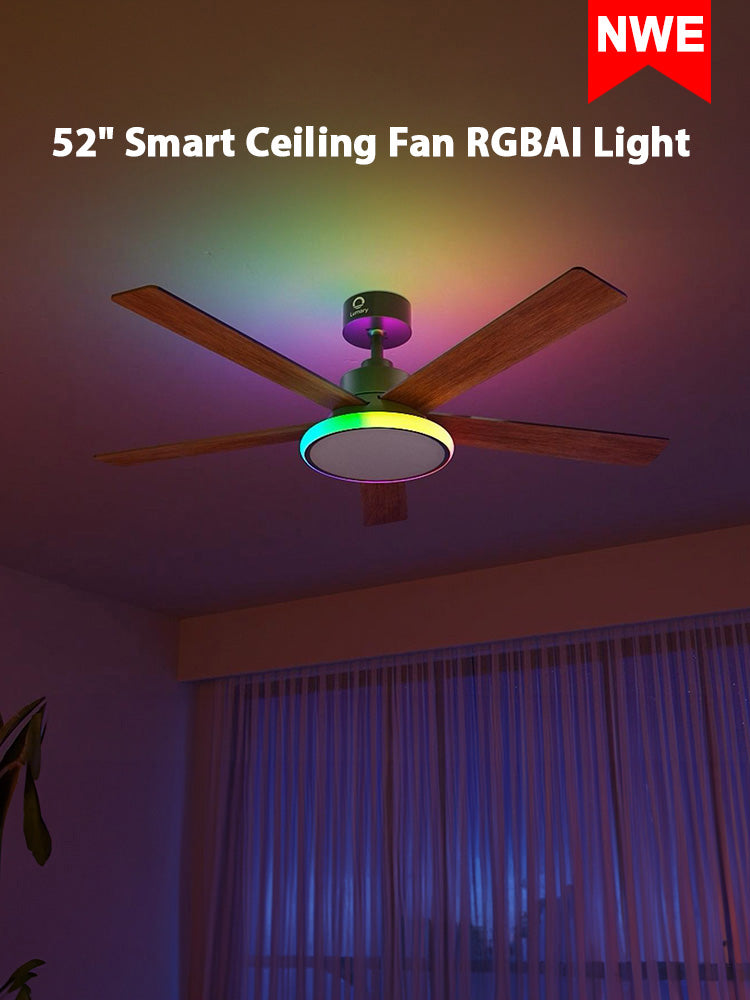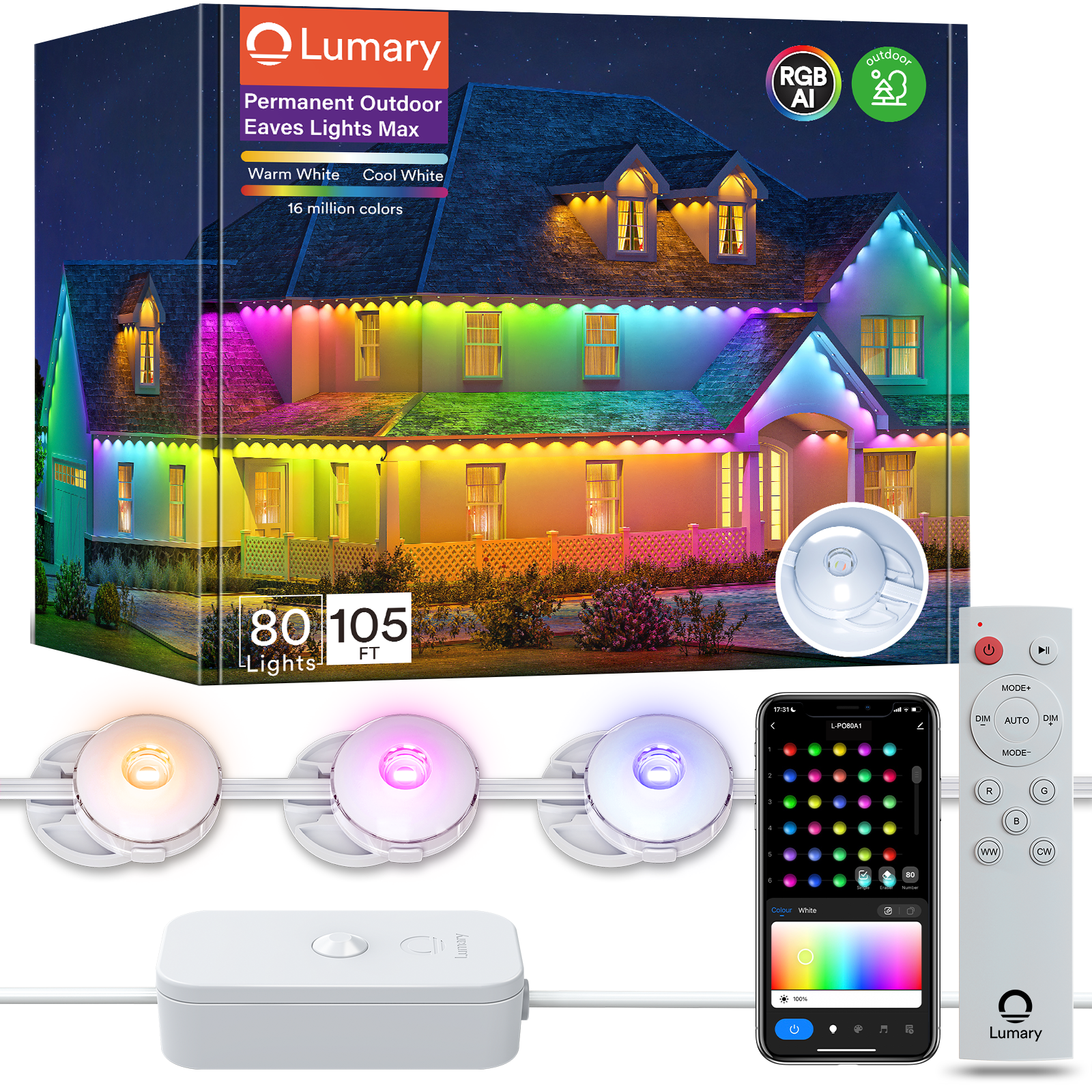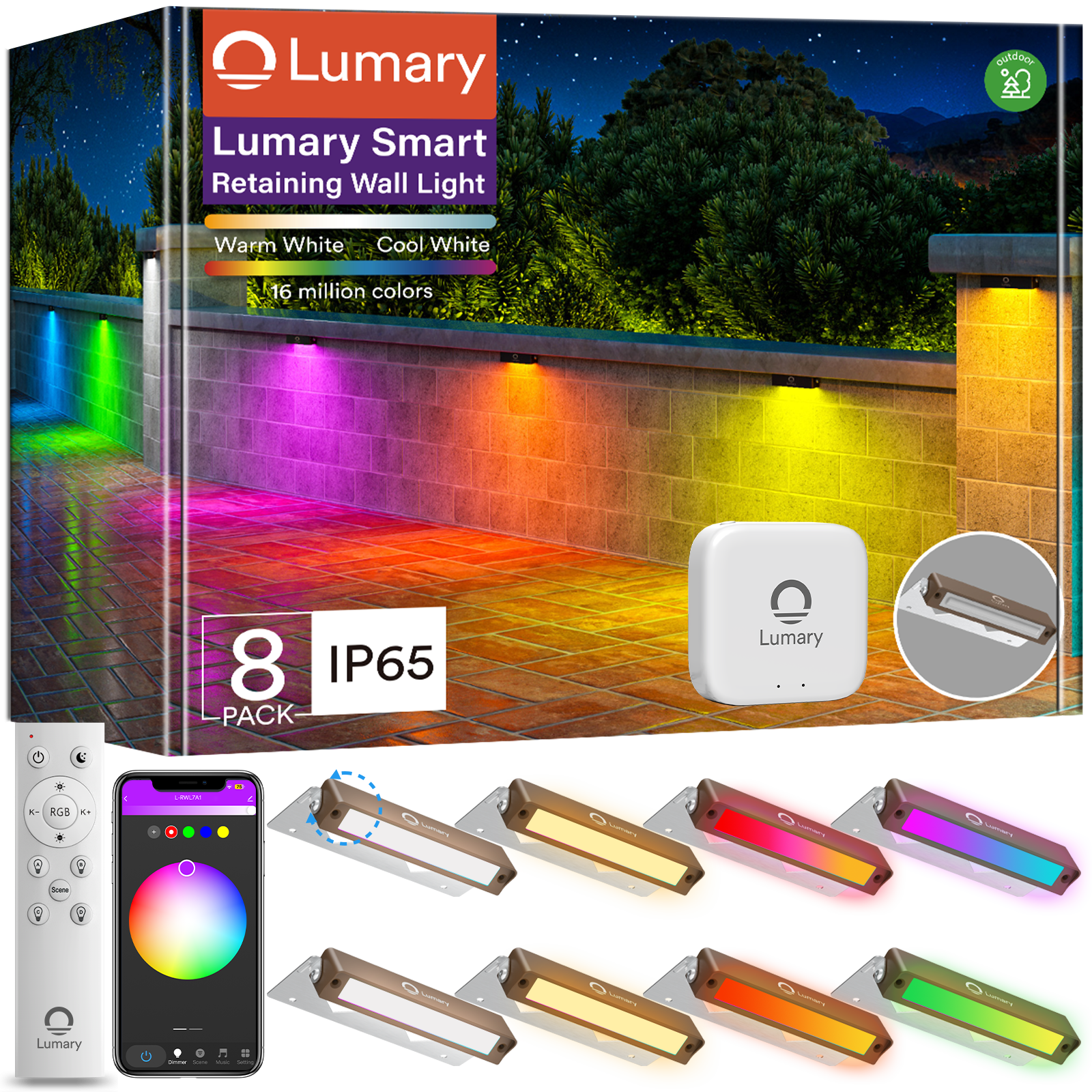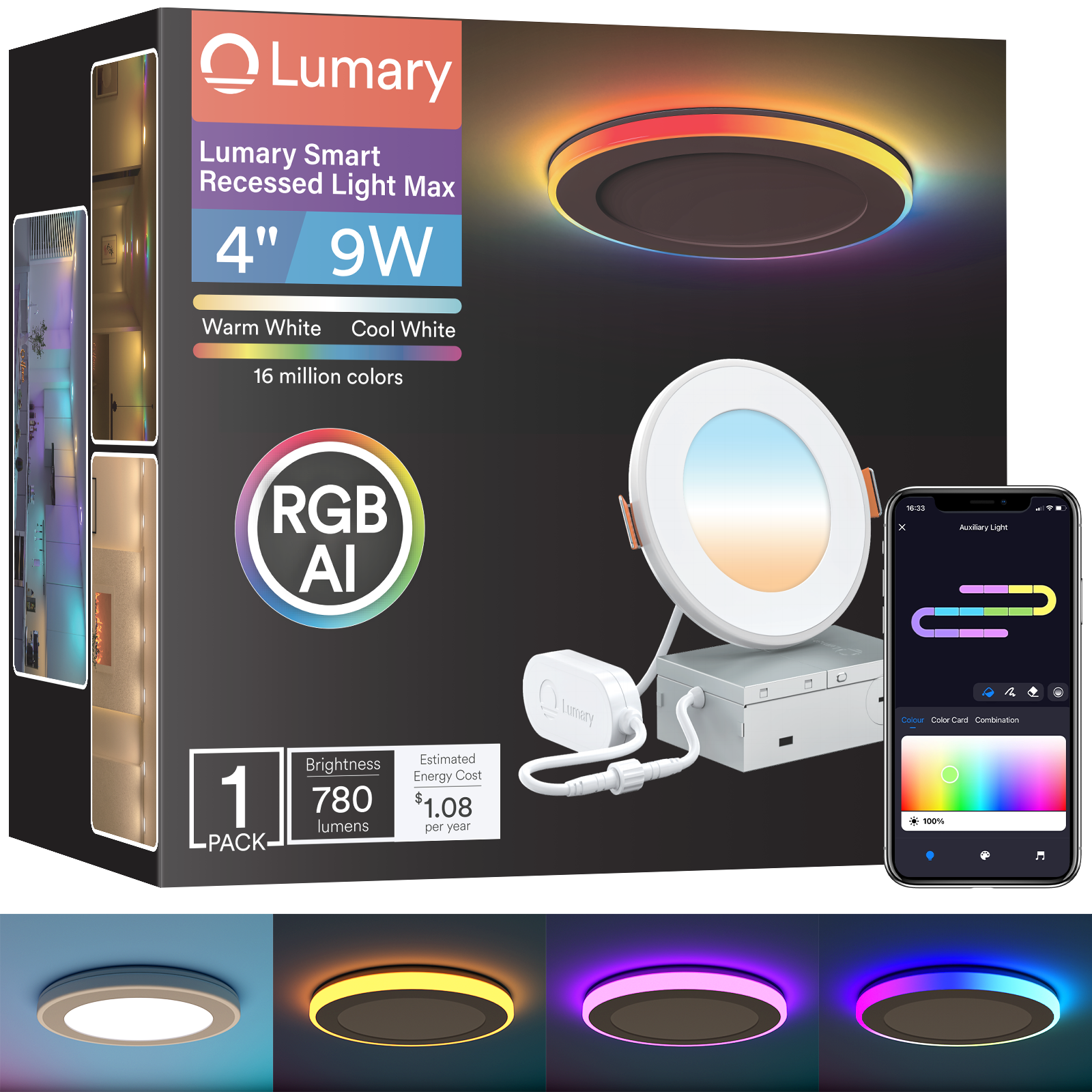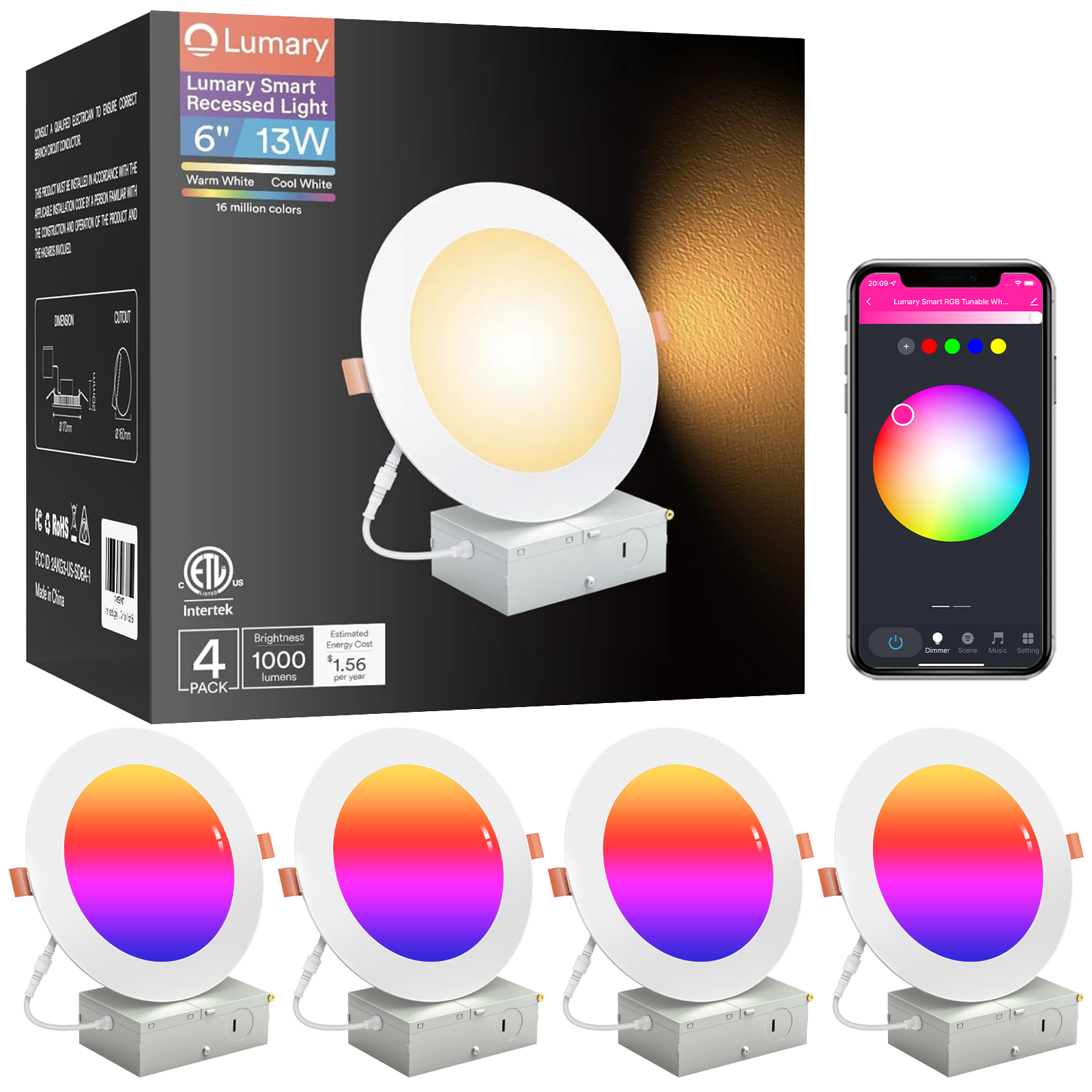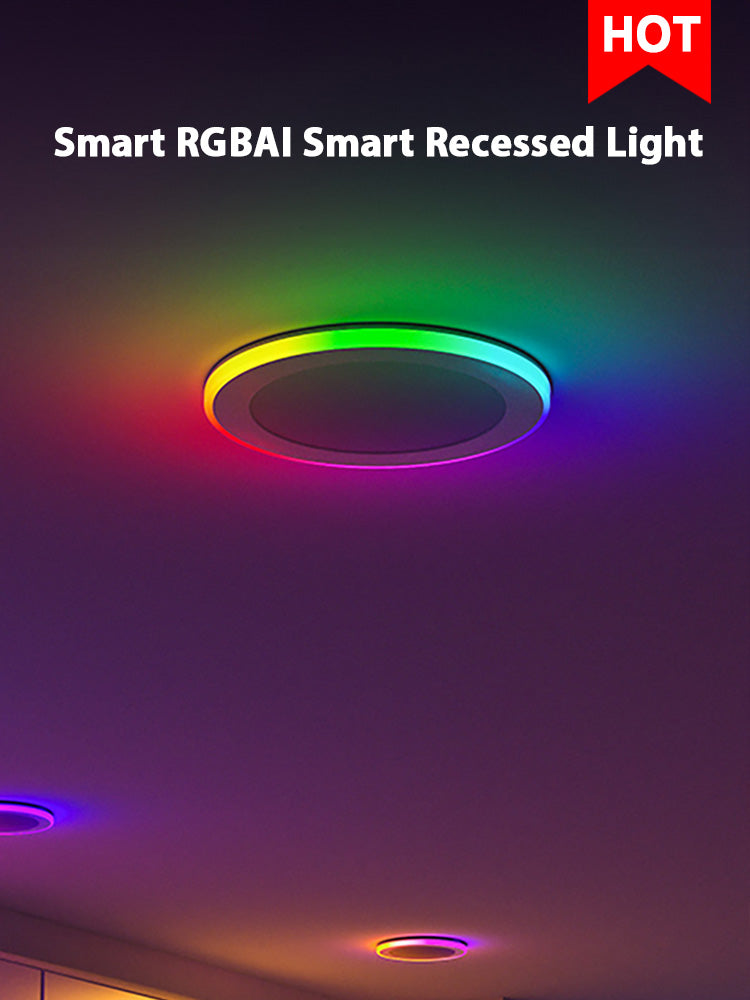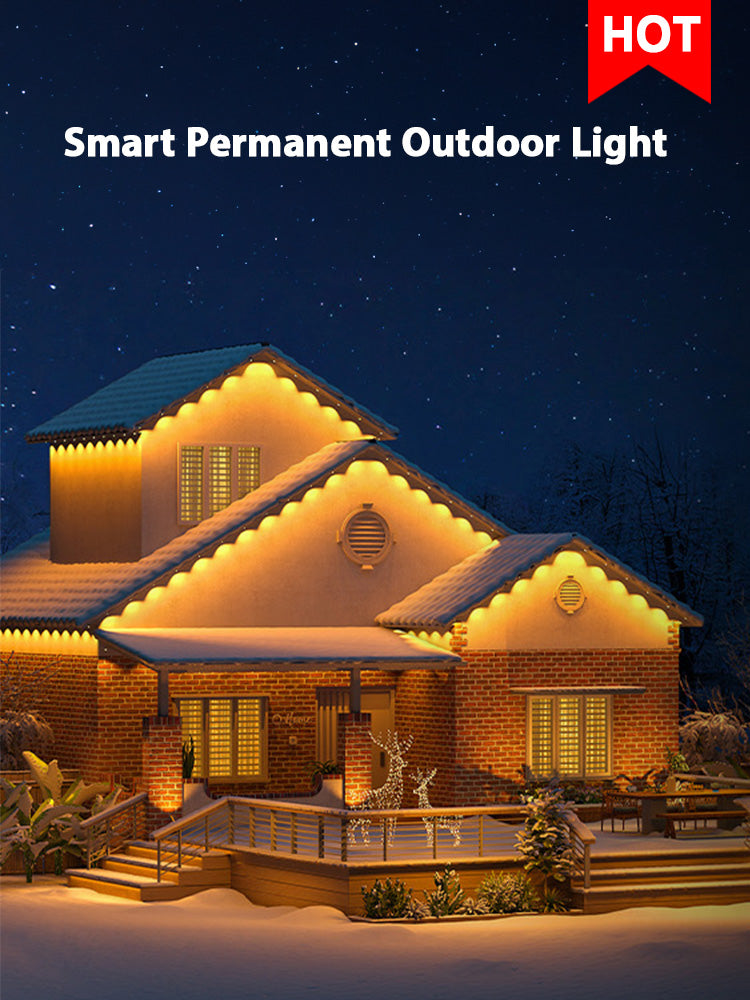Smart lighting has revolutionized how homes manage illumination. Modern homes benefit significantly from integrating smart lighting systems. These systems offer energy efficiency, convenience, and enhanced ambiance. The global smart lighting market, valued at $15.05 billion in 2022, continues to grow rapidly. Smart lighting benefits include automatic adjustments to natural light and remote control capabilities. This technology not only saves energy but also enhances home security and comfort.
Understanding Smart Lighting

What is Smart Lighting?
Definition and Features
Smart lighting systems use advanced technology to control and customize lighting. These systems often involve LED technology combined with intelligent control mechanisms. Users can adjust brightness, color, and schedules remotely. Smart lighting integrates with other smart home devices for enhanced energy efficiency, convenience, and security.
Benefits of Smart Lighting
Smart lighting offers numerous benefits. Users can control lights using smartphones, voice assistants, or other smart devices. This customization allows for personalized lighting experiences. Smart LED bulbs can be dimmed via an app, creating customized scenes for any occasion. These bulbs last longer and generate less heat than traditional bulbs, using less energy.
Types of Smart Lighting Systems
Wi-Fi Based Systems
Wi-Fi based systems connect directly to your home's Wi-Fi network. These systems offer robust control through smartphone apps. Users can adjust settings from anywhere with internet access. Wi-Fi based systems often integrate seamlessly with other smart home devices.
Bluetooth Based Systems
Bluetooth based systems connect directly to your smartphone or tablet. These systems do not require a central hub. Bluetooth systems are ideal for smaller setups or individual rooms. Users can control lights within the Bluetooth range, typically around 30 feet.
Z-Wave Systems
Z-Wave systems use mesh networks to communicate. These systems require a central hub to connect devices. Z-Wave systems offer reliable connectivity and extended range. These systems are ideal for larger homes with multiple smart devices.
Smart Lighting Benefits
Energy Efficiency
Cost Savings
Smart lighting benefits include significant cost savings. Smart lights use advanced LED technology, which consumes less energy than traditional incandescent bulbs. This efficiency translates to lower electricity bills. Automated controls like scheduling and motion sensors further reduce energy waste. Users can set lights to turn off when not needed, avoiding unnecessary energy consumption. Over time, the reduced energy usage leads to substantial savings.
Environmental Impact
Smart lighting benefits extend to environmental impact. Energy-efficient smart lights reduce the carbon footprint of households. Lower energy consumption means fewer greenhouse gas emissions from power plants. Smart lighting systems also have a longer lifespan compared to traditional bulbs. This longevity reduces waste and the need for frequent replacements. By choosing smart lighting, users contribute to a more sustainable environment.
Convenience and Control
Remote Access
Smart lighting benefits include unparalleled convenience through remote access. Users can control lights from anywhere using a smartphone app. This feature allows for adjustments even when away from home. Forgot to turn off the lights? Simply use the app to switch them off remotely. This capability enhances security by making it appear that someone is home, even when the house is empty.
Voice Control
Voice control is another key smart lighting benefit. Integration with voice assistants like Alexa and Google Assistant allows hands-free operation. Users can adjust lighting settings with simple voice commands. Imagine walking into a room and saying, "Turn on the lights," and the lights respond instantly. This feature adds a layer of convenience and accessibility, especially for those with mobility issues.
Enhanced Ambiance
Customizable Lighting Scenes
Smart lighting benefits include the ability to create lighting scenes. Users can set different lighting scenes for various activities. For example, a bright setting for reading or a dim, warm light for a cozy evening. The Lumary Smart RGB Gimbal Light Pro offers 16 million colors and adjustable white tones. This flexibility allows users to tailor the ambiance to suit any occasion.
Mood Setting
Mood setting is another significant smart lighting benefit. Users can adjust lighting to match their mood or the atmosphere they wish to create. Whether hosting a vibrant party or enjoying a quiet dinner, smart lighting can enhance the experience. Music-synced lighting features add an extra layer of excitement. Lights can change colors and intensity in sync with the music, creating a dynamic environment.
Preparing for Integration

Assessing Your Current Lighting Setup
Inventory of Existing Fixtures
Start by taking an inventory of your current lighting fixtures. Note the types and locations of all lights in your home. Identify which fixtures you want to replace with smart lighting. This step helps you understand the scope of your project.
Identifying Areas for Improvement
Look for areas where lighting can improve. Consider spaces that need better illumination or more control options. Think about rooms where you frequently adjust the lighting. Smart lighting can enhance these areas significantly.
Setting a Budget
Cost of Smart Bulbs and Fixtures
Determine the cost of smart bulbs and fixtures. Prices vary based on features and brands. Basic smart bulbs may cost less, while advanced models with color-changing capabilities might be pricier. Plan your budget accordingly.
Additional Costs (Hubs, Controllers)
Factor in additional costs for hubs and controllers. Some smart lighting systems require a central hub for operation. Controllers like dimmer switches or motion sensors add convenience but also increase the overall cost. Include these in your budget planning.
Choosing the Right Smart Lighting System
Compatibility with Existing Devices
Ensure compatibility with your existing devices. Check if the smart lighting system works with your current smart home setup. Compatibility avoids potential issues and ensures seamless integration.
User Reviews and Recommendations
Read user reviews and seek recommendations. Real-world experiences provide valuable insights into the performance and reliability of smart lighting products. Look for feedback on ease of installation, app functionality, and customer support. Make an informed decision based on these reviews.
Step-by-Step Integration Process
Installing Smart Bulbs and Fixtures
Step 1: Turn Off Power
Ensure safety by turning off the power at the circuit breaker. Confirm that no electricity flows to the fixtures.
Step 2: Remove Old Bulbs/Fixtures
Carefully remove the old bulbs or fixtures. Use a ladder if necessary. Handle the old bulbs with care to avoid breakage.
Step 3: Install Smart Bulbs/Fixtures
Install the new smart bulbs or fixtures. Follow the manufacturer's instructions for proper installation. Secure the fixtures tightly to prevent any movement.
Setting Up the Smart Lighting System
Step 1: Download the App
Download the app associated with your smart lighting system. The app will guide you through the setup process.
Connect to Wi-Fi/Bluetooth
Open the app and follow the prompts to connect your smart lights to Wi-Fi or Bluetooth. Ensure a stable connection for optimal performance.
Pair Devices
Pair each smart bulb or fixture with the app. The app will detect the devices and complete the pairing process. Test the connection by turning the lights on and off through the app.
Configuring and Customizing Settings
Creating Lighting Schedules
Create lighting schedules within the app. Set specific times for the lights to turn on and off. This feature maximizes energy efficiency and enhances home security.
Setting Up Voice Control
Enable voice control by linking your smart lighting system with a voice assistant like Alexa or Google Assistant. Use simple voice commands to control the lights.
Integrating with Other Smart Home Devices
Integrate your smart lighting system with other smart home devices. Sync the lights with motion sensors, security systems, or thermostats. This integration enhances the overall smart home experience.
Troubleshooting and Maintenance

Common Issues and Solutions
Connectivity Problems
Smart lighting systems sometimes face connectivity issues. Ensure a stable Wi-Fi or Bluetooth connection. Place the router or hub close to the smart lights. Avoid physical obstructions that block signals. Reset the router or hub if problems persist. Re-pair the smart bulbs with the app to restore functionality.
Bulb/Fixture Malfunctions
Smart bulbs or fixtures occasionally malfunction. Check the power supply first. Ensure the bulb or fixture receives electricity. Replace any blown fuses or reset circuit breakers. Inspect the smart bulb for damage. Replace faulty bulbs to resolve the issue. Consult the manufacturer's troubleshooting guide for specific solutions.
Regular Maintenance Tips
Software Updates
Regular software updates keep smart lighting systems running smoothly. Download updates through the app. Check for updates periodically. Enable automatic updates if available. Updated software often includes new features and bug fixes.
Cleaning and Care
Proper cleaning and care extend the lifespan of smart lighting fixtures. Turn off the power before cleaning. Use a soft cloth to wipe down bulbs and fixtures. Avoid using harsh chemicals. Clean dust and debris from vents and openings. Regular cleaning ensures optimal performance and longevity.
Recap the integration process to ensure a smooth transition to smart lighting. Follow the steps for assessing your current setup, setting a budget, and choosing compatible systems. Install and configure smart bulbs and fixtures with care.
Optimize smart lighting by creating schedules and integrating voice control. Use the Lumary APP for precise adjustments and enhanced ambiance. Regular maintenance and software updates keep the system running efficiently.
Start your smart lighting journey today. Transform your home into a more energy-efficient, convenient, and aesthetically pleasing space. Enjoy the benefits of modern technology in your daily life.

